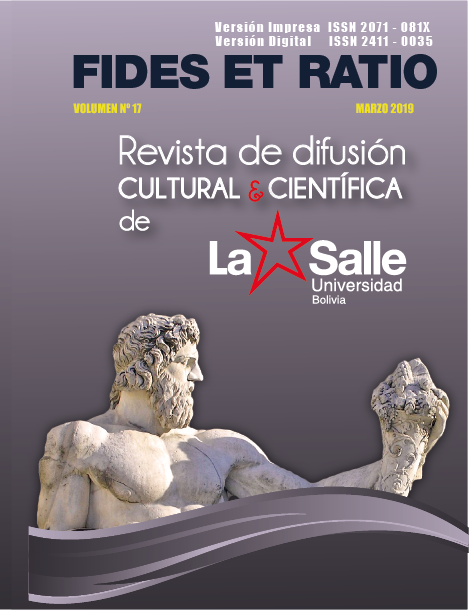Cerebral Processing of language: History and theoretical evolution
- Authors
-
-
Luis Herrera
, Departamento de Lengua Castellana y Literatura Universidad Católica del MauleAuthor
-
- Keywords:
- Dual processing model, language, brain, Broca’s and Wernicke areas, neurolinguistic
- Abstract
-
For nearly 150 years, the classical model of language processing, has dominated the knowledge concerning the relationship language-brain. In this perspective is considered processing as linear, lateralized and well located. New researchs have redefined these features. Now know a dual stream language processing, with functions present in both hemispheres and with several complex areas, interrelated and permorming various tasks; furher, the brain is characterized by its plasticity, predictive ability and concentration of many cognitive functions in each región. Challenges in this study point to define specific correspondences between neural units against linguistic units and temporal processing language, among other advances that arise from new discoveries.
- Downloads
-
Download data is not yet available.
- Author Biography
- Downloads
- Published
- 2019-03-30
- Section
- Artículos
- License
-
Copyright (c) 2019 FIDES ET RATIO

This work is licensed under a Creative Commons Attribution-NonCommercial-NoDerivatives 4.0 International License.










